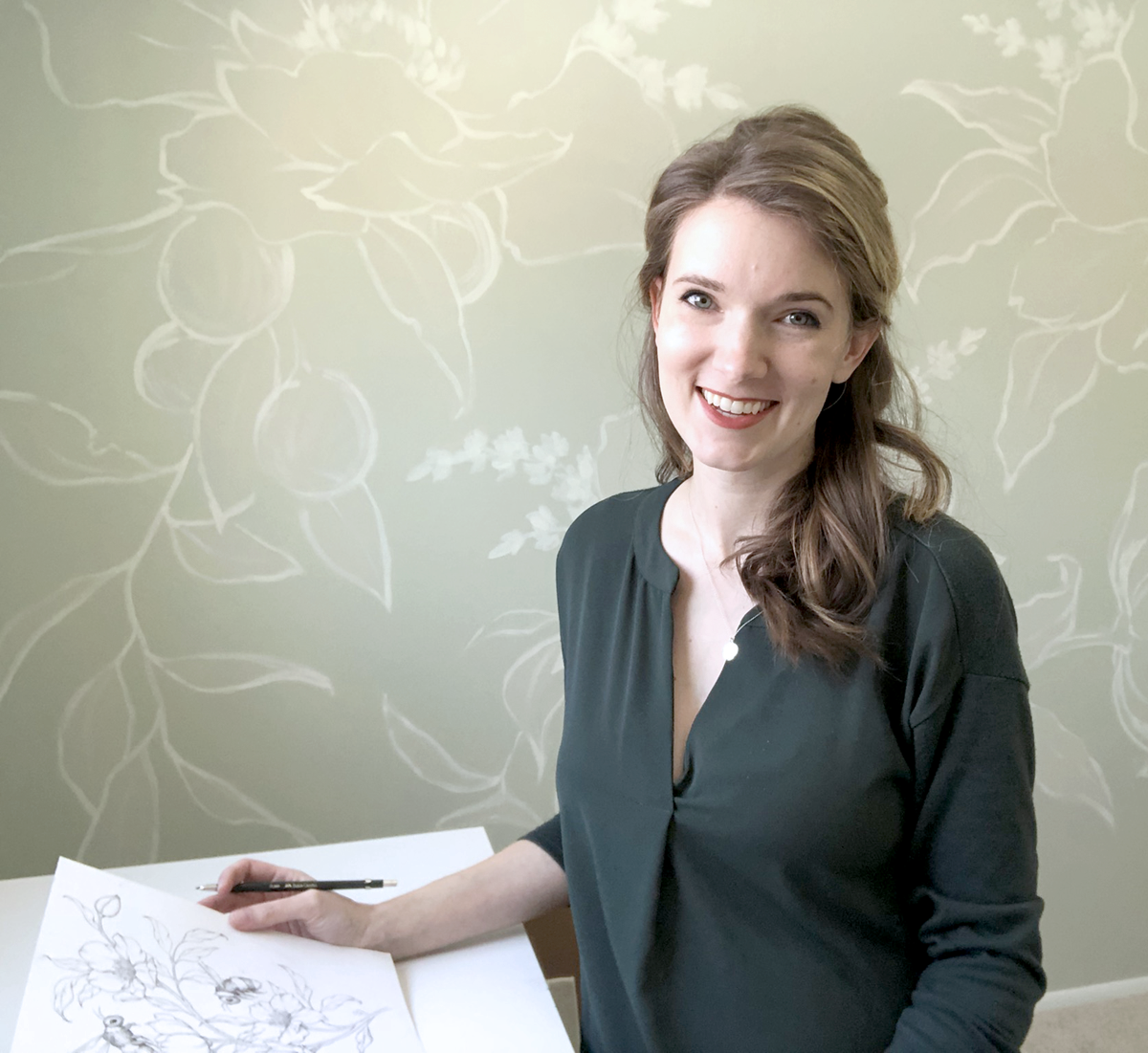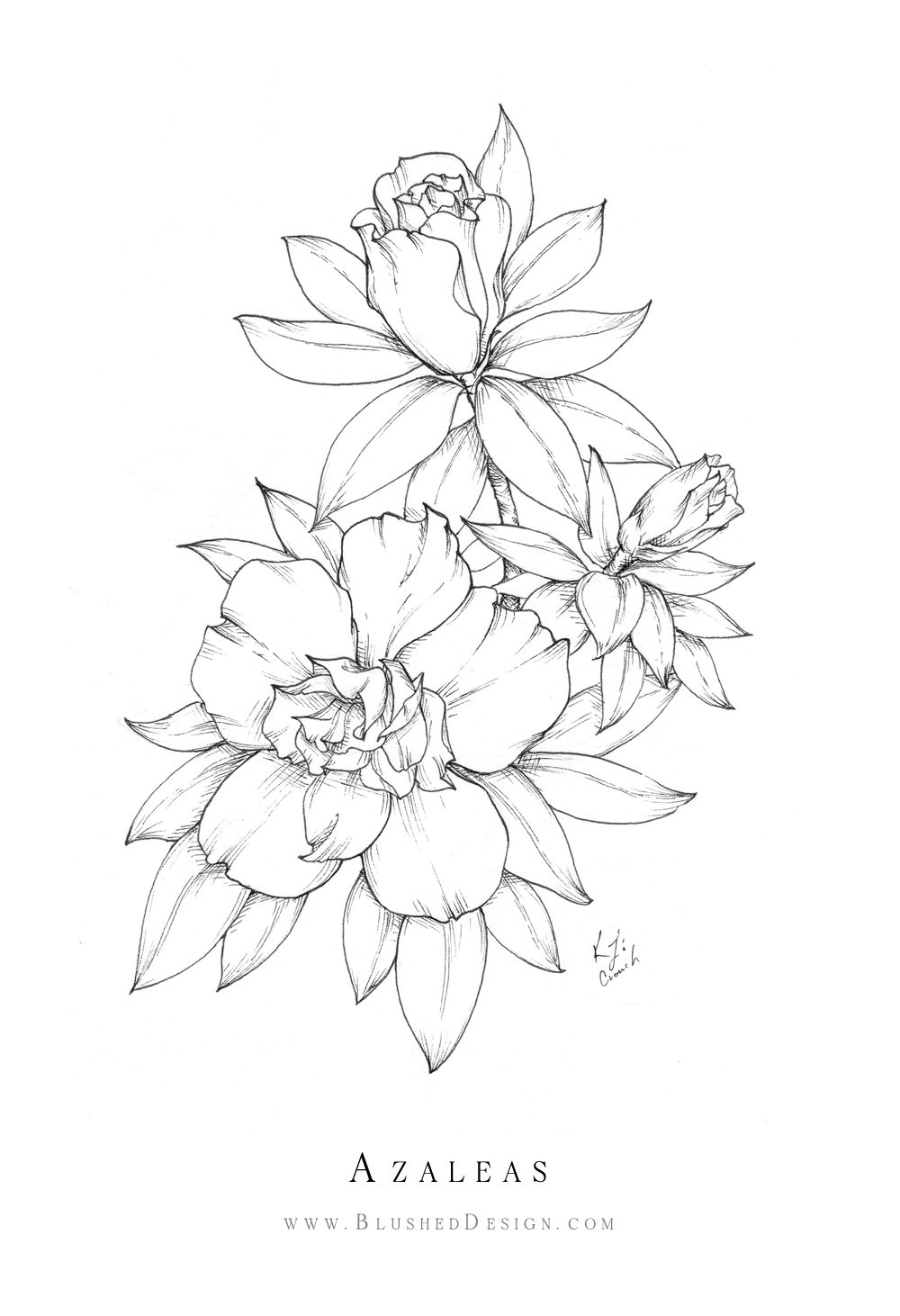Ever start on a piece and suddenly freeze ?
Your artistic technique is good and your idea is great… but the composition is… off. You take a break or walk away, but eventually the piece ends up collecting dust in the corner of your office or sketchbook. The potential is there, but you don’t know how to bring the piece to completion and (to be frank) you’re sick of fighting with it.
Introducing: The Composition Guide
Composition is one of the hardest aspects of the visual arts to master—especially if you’re trying to adapt traditional techniques to more modern style illustrations. But that’s where The Composition Guide comes in.
The Guide is more than just a list of formulas to follow. It’s a detailed look into the foundations of the arts and practical applications to help you problem solve and craft your own compositions. I worked diligently with my husband (and fellow art teacher) for over 6 months to pull together the content for this course. We get deep, I get vulnerable, and you get results.
What’s Included:
A review of the Elements and Principles
It would be impossible to teach a course on Composition without first looking at the elements and principles. This section is just a review, however—so if you don’t have any foundation in this area already then you will need to start with the full Elements & Principles course (coming soon!).
Building a Composition
In the second section, we will discuss a common composition formula that will help you to build your designs on a strong foundation: the Rule of Thirds. Then we will move onto one of my own techniques for creating vignette style compositions—the modern floral arrangements that you will see all over my Instagram page. I haven’t shared this technique anywhere else but have found it to be pretty valuable for my process!
Adding Interest
Now that our foundation has been laid, we will dive deeper into a few of my favorite composition tricks. The goal is to add interest and communicate clearly with our viewers! We’ll talk about how to create balance in your visual arts compositions, how to create movement and direct the eye of your viewer and what to do with your negative space to use it to your advantage. I’ll also share a few of my favorite tips for taking your artwork from good to great.
Real Life Problem Solving
Quite possibly my favorite part of the course! In this section, I am taking you “behind the scenes” of my own composition process. We’ll make thumbnail sketches together (in real time) and I’ll talk you through my thought process and explore when it’s okay to “break” the rules. Then we’ll work off of one of those thumbnail sketches and you can watch me problem solve on a complicated composition! The third lesson in this series shows you how I use my own technique (from section 2) to complete a drawing that I already started—around the place where most artists get stuck.
THE HARD TRUTH:
Endless scrolling for “inspiration” from other artists on Instagram
will NOT help you grow.
It can be so fun to scroll and look through beautiful things on Pinterest or Instagram, but it won’t help you to craft your own style or move from observer to champion of the visual arts. That takes work. It takes experience. But having a teacher who has gone before you sure doesn’t hurt!
Wouldn’t it be great if you had the experience and resources to solve these artistic problems?
Guess what? You can.
It’s time to move past the overwhelm
and approach each piece with confidence.
If we haven’t met yet, my name is Katrina Crouch!
As a seasoned artist and arts educator for over 8 years, it has been my passion to teach the fine arts to students who are ready to take their work seriously. I’m not interested in “cookie cutter” formulas that will leave your work looking mysteriously like mine, or result in sketchbooks full of the same illustration over and over.
Instead, I have taken wanna-be-artists and turned them into working professionals—giving them the tools that they need to draw anything that they want and to develop their own style.
The Composition Guide is no different. We’ll dive deep into the foundations of artistic composition—learning what works and what doesn’t work for your style. We’ll even explore different ways to “break the rules” well. After all, that’s the beauty of art: there’s more than one way to solve any problem!
FAQs About The Guide:
What style of composition will you teach?
Traditional, fine arts composition. The main focus of this course is my own subjects and style, though the lessons apply across the board. Sculpture, landscapes, portraits and design are specifically referenced, though the focus is generally on modern florals, like my own work (scroll to see more examples).
How long will I have access to these classes?
Lifetime! Keep the PDF file that I send on hand as they contain all of the links to the videos!
Will there be homework?
Yes! Each lesson has a homework challenge where you are encouraged to apply the information that you learned. No specific timeline, however—so don’t let that stress you out!
How long is each lesson?
Between 13 and 48 minutes depending on the lesson and how complex it is. I don’t think we need to dwell on a subject longer just to fill a time requirement, and I don’t want to rush more difficult lessons either, so I allowed the videos to flow on their own!
Why a separate course for the Elements and Principles of Design?
My courses are pretty advanced in the sense that I want to push you forward into the fine arts—not just dance around with crafts. My students are ready to get serious about their artwork. Because of this, I expect them to be pretty familiar with the Elements and Principles already. If you’re not, however, that doesn’t mean you can’t learn! That’s why I created a separate course—designed for students who are pretty new to the art world and need the stronger foundation before diving into theory.
What is your Return Policy?
Due to the digital nature of our courses, we do not offer refunds once the purchase has gone through. We do our best to make sure that each course is accurately described in the description. If further help or clarification is needed, please reach out and we will do our best to either add to the information provided or provide a YouTube video tutorial of the area that you have found lacking.
You can read more about our policies and terms of use here






